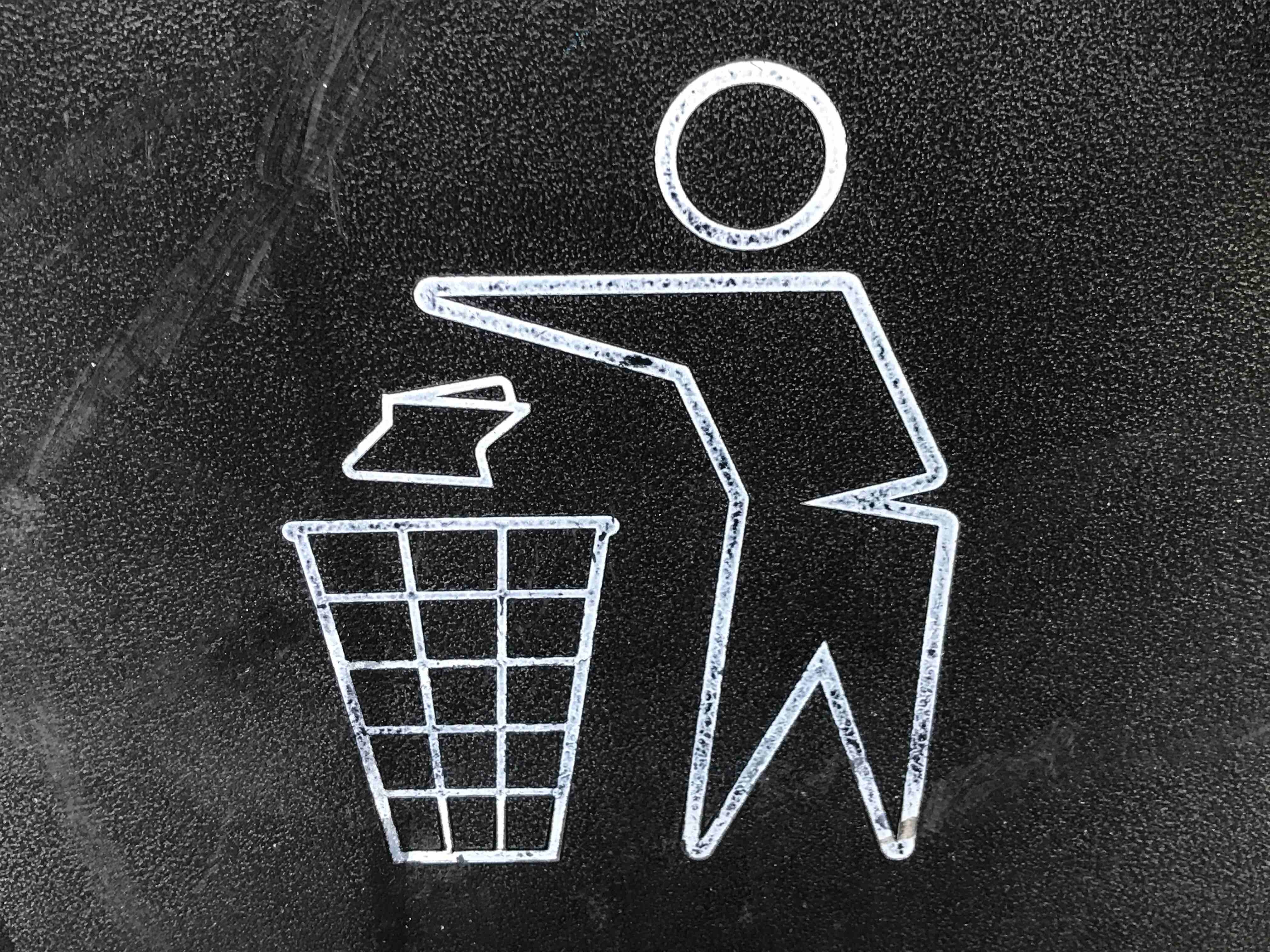MOVECO - Challenges of the Circular Economy Package goals for packaging and non-packaging materials
19-12-2018
This is the third article of MOVECO's blog series to give you more insights to the concept of the circular economy. Enjoy reading and to find out more, please visit our platform www.danube-goes-circular.eu and become a member!
„The European Commission adopted an ambitious Circular Economy Package, which includes measures that will help stimulate Europe's transition towards a circular economy, boost global competitiveness, foster sustainable economic growth and generate new jobs.”

Key elements of the revised waste proposal include:
- A common EU target for recycling 65% of municipal waste by 2030 [1];
- A common EU target for recycling 75% of packaging waste by 2030 [2], and a significant raise of collection target in each packaging waste stream;
- A binding landfill target to reduce landfill to maximum of 10% of municipal waste by 2030 [3];
- A ban on landfilling of separately collected waste [4];
- Promotion of economic instruments to discourage landfilling;
- Simplified and improved definitions and harmonised calculation methods for recycling rates throughout the EU;
- Concrete measures to promote re-use and stimulate industrial symbiosis - turning one industry's by-product into another industry's raw material;
- Economic incentives for producers to put greener products on the market and support recovery and recycling schemes (e.g. for packaging, batteries, electric and electronic equipment, vehicles).
Besides the ambitious targets of the Circular Economy Package towards packaging materials, the most challenging target especially for the Central and Eastern European region shall be maximisation of the quantity that can be landfilled. The maximum of 10% of the overall municipal solid waste generated could be landfilled from 2030. To avoid the present 60-80% of landfilling rate [5] in the region, enormous decrease can only be reached if a systematic approach is presented and several additional waste streams are targeted with binding targets. The biggest volume that is in general present all over the continent is the so called wet or biologically degradable waste. In the total landfilled quantity approximately 35-40% [6] of the material is biodegradable.

This waste stream includes the following materials:
a.) food waste – usually still in packaging,
b.) typical garden or green waste,
c.) other compostable or biodegradable materials.
Without the separate collection of biodegradables and the proper treatment of this waste stream the overall target for landfilling cannot be reached. There are different initiatives to tackle and handle the problem of biodegradables, like home composting, „industrial composting”, fermentation and biogas production. Decreasing this fraction would also contribute into to decrease of methane and CO2 from the landfills. As for the products made of similar materials as packaging, independent initiatives are in progress around the world. The first targeted objects are the so called “single used plastics”, like straws, plastic bags, food packaging, etc. Banning the use of such products is one of the options that is used around Europe still no uniform solution is worked out by the EU.
Different countries decide over this matter individually, which is not enough to influence the production stage of such products, therefore the effect of such measures are not significant enough.
Standardized solutions, restrictions shall be worked out for specific products made of packaging type materials to raise efficiency and substantial decrease in the volume of landfilled materials. The overall criticism towards the Circular Economy Package for waste management is that the regulators again created an end of pipe solution trying to control the waste management stage in the life cycle instead of catching the problem most efficiently at its roots, namely the production stage. Putting pressure and regulate the production stage, the materials used would lead to research and development by the producers where reusability and recyclability of materials, product parts and products could be developed instead of putting all the responsibility to the waste stage in the product cycle – taking into consideration not only the complexity of the waste generated, but the shortening life cycle of the products, planned obsolescence, and the rapidly changing design and content of products. The Circular Economy Package also lacks the comprehensive analyses of the product life cycle as shown above, only focusing of the waste stage, forgetting about not only eco design but waste and materials used and generated during production by the producers. No direct, goal-oriented regulation was accepted in the Circular Economy Package, only general aims, that later are hard to put into practice without detailed goals and targets.
Generally speaking, the Central and Eastern European region, including Hungary is far away to meet the criteria of the Circular Economy Package. Plans to handle the new targets are under debate in most countries but are mostly lacking systematic approach. With the possibility to ask for derogation of reaching the goals, the countries of the region are postponing the solution of the problem.
About the circular economy
The platform www.danube-goes-circular.eu, created within the MOVECO project, will offer a series of articles on topics related to circular economy, presenting examples of good practices from around the Danube region.
In addition, the platform also serves as a marketplace linking demand and supply of waste and reusable materials and products. In order to support innovation in the field of circular economy, it also offers the opportunity to establish collaboration with research and development institutions or innovative companies from the region.
Further information on circular economy in general, as well as specific information on principles of circular economy, legislation, schools of thoughts, new material pathways, circular business models, as well as business skills of funding can be found in the section „Circular Toolbox“.
And last, but not least, the platform is an easy way to get in touch with the MOVECO project partner organizations from 10 Danube region countries who are supporting new business models and research – business cooperation along value chains, with new services and tools for eco-design and eco-innovation.
About MOVECO
"Your trash is my treasure" - This is the motto of the EU co-funded project MOVECO. Sixteen partners from ten Danube countries promote transnational cooperation to accelerate the transition to the circular economy.
For more information on the MOVECO project, we invite you to visit our website, our platform (www.danube-goes-circular.eu) and follow us on social media.
If you want to share your thoughts about circular economy or if you are interested in receiving the MOVECO newsletter twice a year, please let us know and send an email to moveco@bayfor.org.
Picture credits and footnotes:
Sagar Chaudhray ID 606128 www.unsplash.com
Gary Chan ID 351213 www.unsplash.com
[1] Directive (EU) 2018/851 of the European Parliament and of the Council of 30 May 2018 amending Directive 2008/98/EC on waste, Article 11, par.2., 2.(ii)
[2] DIRECTIVE (EU) 2018/852 OF THE EUROPEAN PARLIAMENT AND OF THE COUNCIL of 30 May 2018 amending Directive 94/62/EC on packaging and packaging waste, Article 6., par.1., (h)
[3] Directive (EU) 2018/850 of the European Parliament and of the Council of 30 May 2018 amending Directive 1999/31/EC on the landfill of waste, Article 5. par 5.
[4] Directive (EU) 2018/850 of the European Parliament and of the Council of 30 May 2018 amending Directive 1999/31/EC on the landfill of waste. Article 5, par 3., (f)
[5] European Environment Agency, Municipal waste landfilling rates in 32 European Countries; https://www.eea.europa.eu/themes/waste/municipal-waste
[6] http://www.waste2go.eu/download/1/D2.2_Waste%20profiling.pdf
